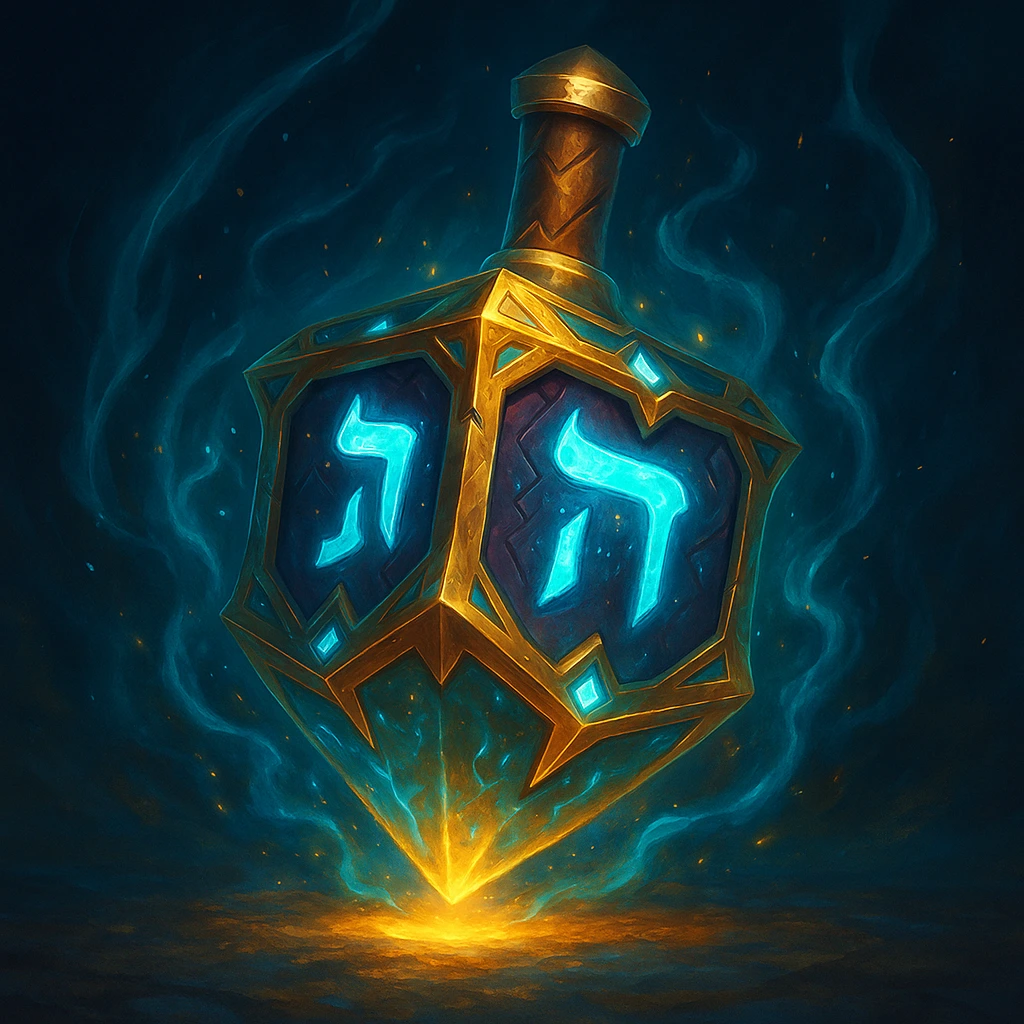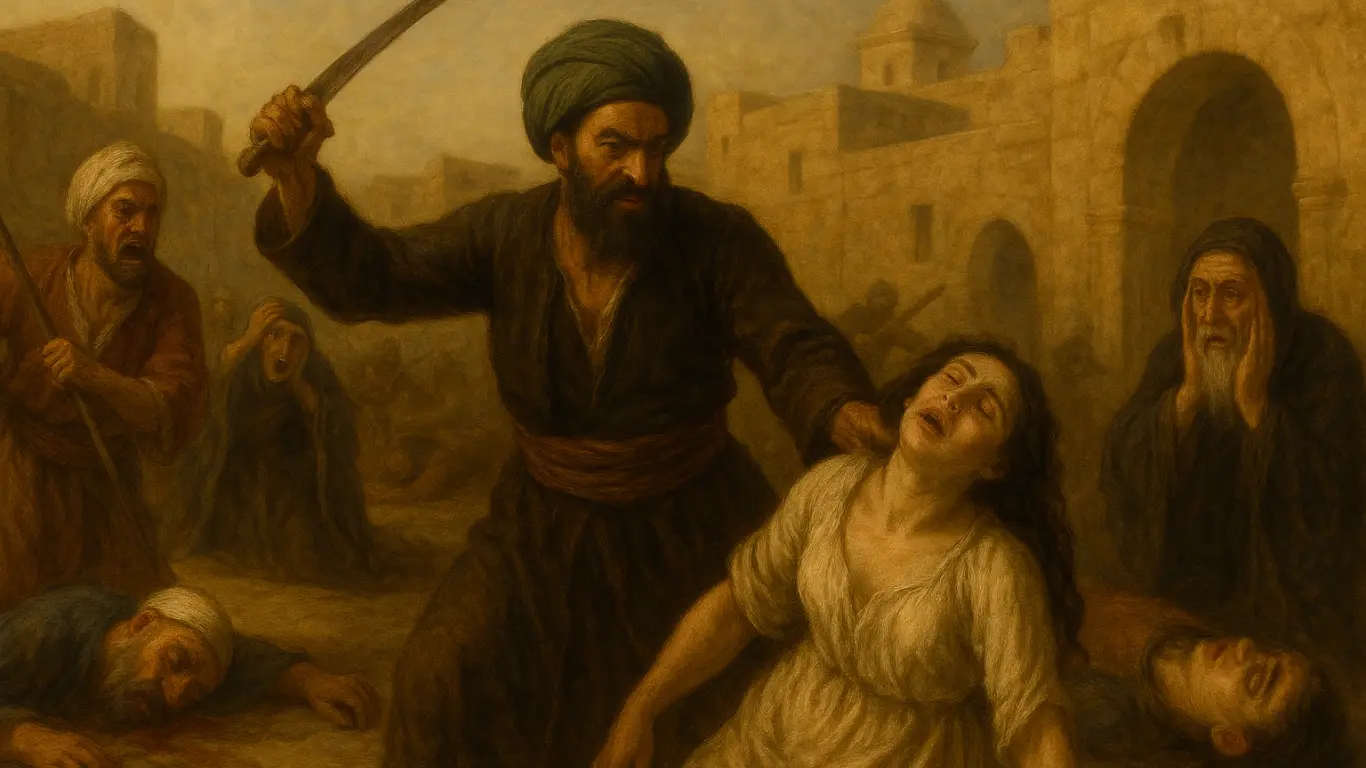The 1517 Hebron Attacks (Hebron Massacre of 1517) occurred during the final stages of the Ottoman-Mamluk War (1516–1517), a significant conflict that drastically reshaped the political landscape of the region by bringing the Jewish community in the Land of Israel under Ottoman rule.
Table of Contents
- Background and Causes
- The Hebron Massacre of 1517
- Aftermath and Consequences
- Similar Events: The 1517 Safed Attacks
- Broader Historical Context
Background and Causes
In 1517, the Turkish Ottomans had ousted the Egyptian Mamluk rulers, creating instability across the region. Hebron, known for its historically stable financial position, housed a prosperous Jewish population dating back thousands of years. The wealth of Hebron’s Jewish community attracted the Turkish soldiers and local Muslims to engage in widespread looting and violence. Tensions were exacerbated further by perceptions of Jewish support for Ottoman rule.
The Hebron Massacre of 1517
Historical accounts, notably from Japheth ben Manasseh, a local Jew who documented the events from Greece shortly afterward, vividly describe the horror:
“In the seventh month, on the holiday of Succoth in 1517, the cruel tyrant; the Wrath of the Holy One Be He, Murad Bey, deputy of the Sultan and ruler of Jerusalem, decided in his heart to take out his fury on the Jews in his city and those living in Hebron. And he said, ‘I will take booty from them and take the Jews in the two cities captive so long as they have the power to see me.’ And he carried out his decree.”
Under the command of Murad Bey, the deputy of the Sultan, Ottoman forces, alongside local Muslims, brutally attacked the Jewish quarter. Jewish homes and businesses were systematically looted and destroyed, and many Jews were beaten, raped, and killed. Efforts by local Jews to arm themselves for self-defense largely failed, marking one of the earliest recorded significant Arab attacks on Jews since 1517.
Aftermath and Consequences
Following the massacre, the surviving Jewish community fled to Beirut. Hebron remained nearly deserted by Jews until they returned to Hebron 16 years later, in 1533. Historian Zeev Ehrlich also notes that this massacre effectively ended the presence of the Karaite Jewish community in Hebron, illustrating the lasting demographic and cultural impacts of the event.
Similar Events: The 1517 Safed Attacks
The Hebron Massacre was not an isolated incident. Concurrently, in the city of Safed (Tzfat), another significant pogrom occurred. Safed, at the time home to approximately 300 Jewish families, faced similar violence as the retreating Mamluks accused the local Jewish community of supporting the Ottomans. Joined by local Arab residents, the Mamluks perpetrated widespread violence, brutally slaughtering many Jews. Jewish homes and businesses were also extensively looted. The surviving community fled the violence, though they later re-established themselves a few years afterward, aided financially by the Jewish community in Egypt.
You can read about it more in our “1517 Safed Attacks” article
Broader Historical Context
The pogroms of Hebron and Safed illustrate the broader instability and violence against Jewish populations during periods of political upheaval and conflict. Such episodes set a historical precedent for ongoing persecution, displacement, and resilience among Jewish communities throughout Ottoman rule and beyond.
The Hebron Massacre of 1517 thus serves as a significant historical reference point, highlighting the vulnerabilities faced by Jewish communities in the region during significant political transitions and the devastating impacts of targeted violence on demographic continuity.

